America’s Got Talent!, acclaims a popular TV show – and it goes on to spotlight an assortment of talented performing artists (and a few who should probably consider other paths). But does America have STEM talent? Of course! We have STEM talent aplenty, but are we taking full advantage of it? Are we good at unearthing this valuable human resource?
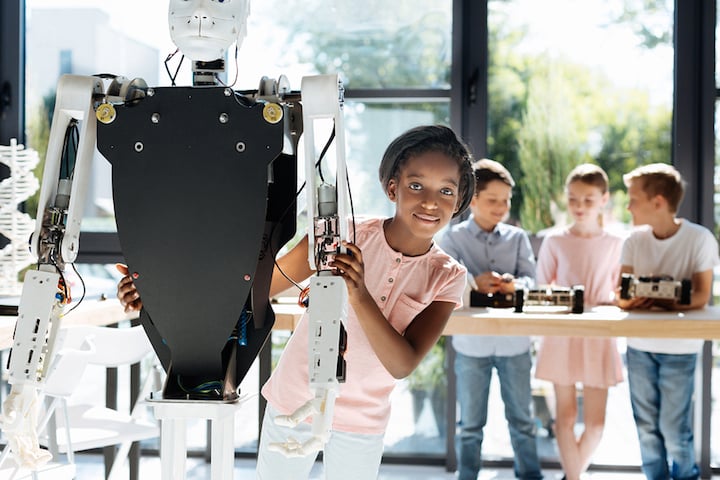
Many leaders say “no” and point out that in our own American universities, more foreign students graduate in STEM fields than do American students. Where are our talented, capable students? Our nation’s workforce needs innovative STEM workers as fast as we can produce them.
By ANNE JOLLY
Produce them to do what?
That’s an interesting question. In our K-12 classrooms, we often hear, teachers are preparing our students for careers that don’t yet exist. This is particularly true of elementary teachers. A 2017 report by Dell revealed that 85% of the jobs our students will be doing in 2030 haven’t even been invented yet. That’s a bit breathtaking, isn’t it? Wow! Will our students create nano-medications to rapidly target and heal illnesses? Train A.I. robots to learn and act human? Set up nationwide time-banks? Create virtual worlds? What’s a kid to do?
The power of collaborative problem solving
Whatever jobs our students will be doing, scientists tell us that remedying increasingly complex 21st-century problems requires solid understanding and skill in collaborative problem-solving. And a great many individuals coming into the workforce today lack the skills to communicate and collaborate effectively – a serious roadblock to productivity and success.
That’s a Red Alert for K-12 educators. STEM kids work in teams, and teaching them teamwork requires intentional, consistent, ongoing guidance at every grade level.
That’s a tall order, but it takes a collective and coordinated effort across grade levels to instill social understandings, help kids build and shape relationships, and ingrain work ethics. The solution? Focus on gifting our students with a broad range of collaborative “know-how” throughout their years of schooling.
 Imagine you are an elementary classroom teacher (you may actually be one – I’m thinking about grades K-5 and even 6 in some school organizational schemes). What might your engaging STEM classroom look like?
Imagine you are an elementary classroom teacher (you may actually be one – I’m thinking about grades K-5 and even 6 in some school organizational schemes). What might your engaging STEM classroom look like?
1. Inquiry-based learning is the heart of the STEM classroom.
You know that children learn best by doing. In your class students are working on real issues that are relevant and important to them, and they have time and space to tinker and create. Their curiosity thrives and they ask thoughtful questions. To decide on a solution for problems, students apply science and math together in a genuine, practical context.
They design and create possible solutions, taking “risks” in the safe space of your classroom. With guidance from you as needed, children draw conclusions, make connections, and often discover deeper meanings in the issues they’re delving into. STEM and innovation go hand in hand. Your inquiry-based classroom is bringing out abilities that you, your students, and even parents might never have otherwise discovered.
2. STEM activities center around an engineering design process.
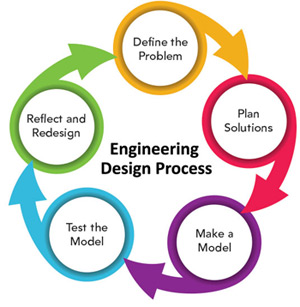 Picture a group of your students identifying a local problem they want to solve. Driven by a sense of purpose, they use a flexible engineering design process(EDP) to approach their problem. Kids brainstorm and play with new materials, technologies, and ideas to investigate possible solutions.
Picture a group of your students identifying a local problem they want to solve. Driven by a sense of purpose, they use a flexible engineering design process(EDP) to approach their problem. Kids brainstorm and play with new materials, technologies, and ideas to investigate possible solutions.
Then they choose their best idea and build and test a prototype to accomplish the needed tasks. Students gather information to help them redesign and improve the prototype efficiency.
Finally, they share the results with their classmates or school community. When using the EDP, your kids are involved in open-ended problem solving and they’re learning persistence. They are building abilities to find answers in any problem-solving environment.
3. Collaboration is an ongoing part of your student’s learning experiences.
Visualize your students working in teams to become collaborative problem solvers. With your support, teammates are learning how to speak with and listen to one another. They are realizing that everyone is different, seeing value in what others can do to help solve problems. Kids begin to develop relationships and social skills needed in STEM and other fields.
As you regularly guide them to develop specific collaborative skills, they learn to accept responsibility and take ownership of problems. Effective teamwork practices – with continued attention at each grade level – will prepare students for successful negotiation and collaboration in the working world.
4. STEM kids learn in a technology-rich environment.
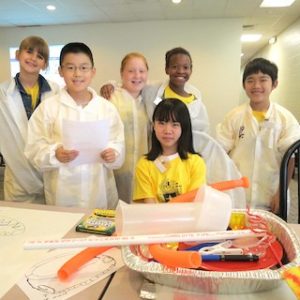 In your ideal STEM classroom, collaborative digital tools allow your students to share notes on their STEM projects, edit any digital creations they make, and work with teammates outside of class. In your classroom, students have access to a high-quality wireless network. They can stream what they need, when they need it. They interact with technology and one another in real-time and, of course, they have adequate technical support.
In your ideal STEM classroom, collaborative digital tools allow your students to share notes on their STEM projects, edit any digital creations they make, and work with teammates outside of class. In your classroom, students have access to a high-quality wireless network. They can stream what they need, when they need it. They interact with technology and one another in real-time and, of course, they have adequate technical support.
Keep this in mind: technology should never be the center of attention. The value of technology is the ability to interact with other students and the teacher, and to search out information for solving problems. (Your school may not have a tech-rich environment, so make the most of the technology you have. And know how to use the technology yourself. If you give kids technology tools without any assistance in how to use these, this will actually increase the achievement gap. That’s scary.)
5. STEM classrooms are led by prepared teachers.
In your classroom you are researching some ideas for how to better involve girls in STEM projects. You know that building a strong STEM foundation for your students will help them experience STEM success in middle and high school. Like other educators, you have the talent and ability to meet kids’ STEM education needs; you need, however, the time, tools, and support to develop it.
Fortunately, with forward-looking leadership in place, your school district delivers ongoing STEM professional development, resources, and assistance. You and other STEM teachers meet together regularly to examine your STEM instruction. You stay current on STEM ideas through research. In short, you are determined to know how to tap into your students’ interests and help to successfully create the next generation of STEM talent for America.
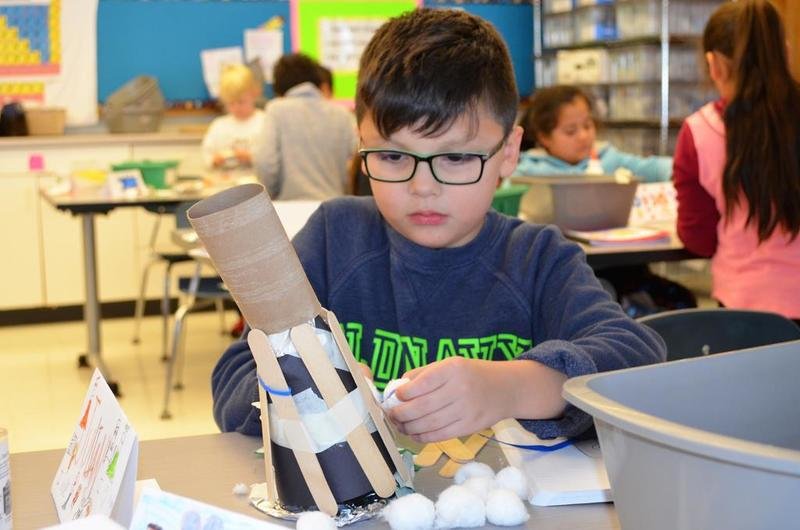
Want to discover more tools for the next generation of STEM Talent?
Check our products and boost your students' STEM skills in a fun and engaging way with robots! just a click away!
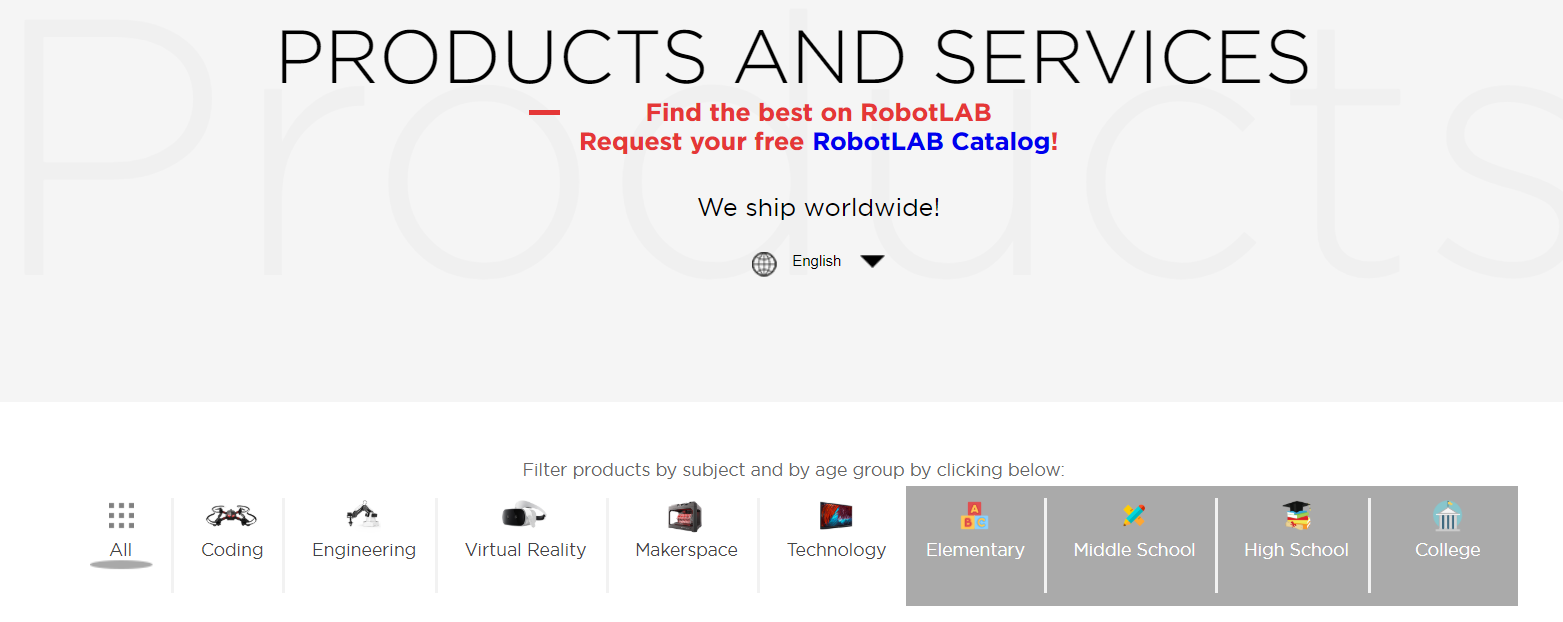
This article is original from Middle Web : https://www.middleweb.com/39326/how-elementary-stem-can-meet-the-future/


